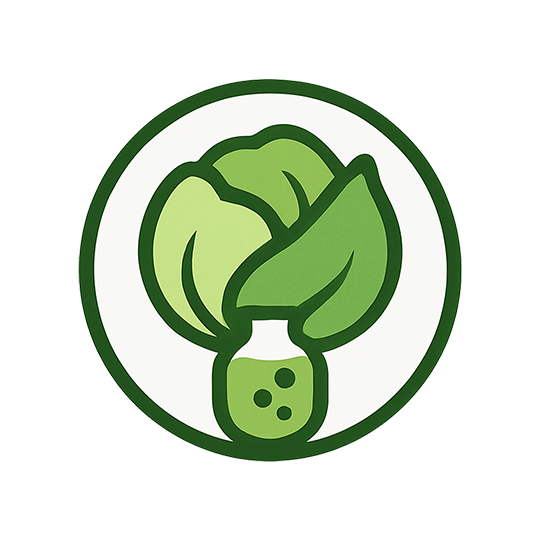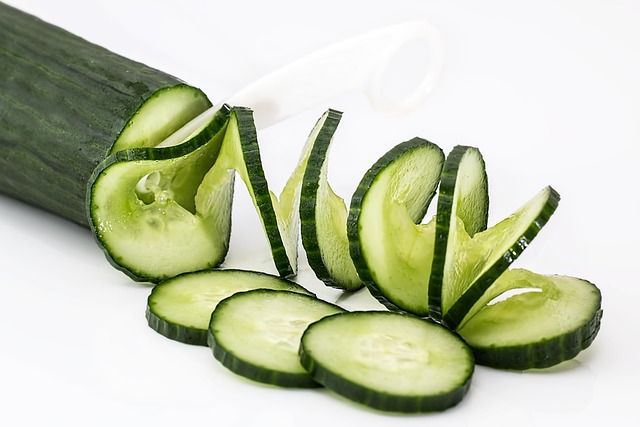Staying hydrated is one of the simplest yet most powerful ways to support overall health. While most people think of water, electrolytes, and electrolytic balance as the core of good hydration, a mineral that often goes unnoticed yet plays a pivotal role is magnesium. From muscle function to cellular repair, magnesium contributes to the fine‑tuned processes that keep the body fluid‑balanced, energized, and resilient. This guide will explore how magnesium works in the context of hydration, how to identify your needs, and practical lifestyle strategies to ensure you are getting enough of this essential mineral.
Why Magnesium Matters for Hydration
Magnesium is the second most abundant intracellular mineral in the body after potassium. It is involved in more than 300 enzymatic reactions, many of which are critical for water transport and retention. For instance, magnesium helps regulate the function of aquaporins, the protein channels that allow water to move across cell membranes. Without adequate magnesium, these channels can become less efficient, leading to subtle shifts in fluid distribution and, over time, a feeling of dehydration or increased thirst.
The Connection Between Magnesium and Electrolyte Balance
When you sweat during exercise or a hot day, you lose sodium, potassium, calcium, and magnesium. While sodium and potassium are often highlighted in sports drinks, magnesium is equally important for maintaining proper muscle contraction and nerve signaling. Magnesium also helps stabilize cell membranes, preventing the uncontrolled movement of electrolytes that can cause cramps or fatigue. In essence, magnesium acts as a backstage manager that keeps the electrolyte theater running smoothly.
Daily Magnesium Needs: A Quick Reference
The recommended daily allowance for magnesium varies by age, sex, and life stage. Adult men typically need 400–420 mg per day, while adult women require 310–320 mg. Pregnant and breastfeeding women, as well as athletes or individuals with high sweat loss, often benefit from a higher intake of 350–500 mg. It is essential to understand that these figures represent total magnesium consumption, including both dietary sources and supplements, to ensure your body receives adequate amounts for optimal hydration.
Dietary Sources That Double as Hydration Boosters
Many foods that are naturally rich in magnesium also contain high water content or help your body retain water more effectively. Leafy greens such as spinach and Swiss chard, nuts and seeds like almonds and pumpkin seeds, legumes including black beans and lentils, and whole grains such as quinoa and brown rice all provide magnesium along with fiber and natural sugars that can support sustained energy levels. Incorporating these foods into balanced meals not only elevates your magnesium intake but also encourages mindful hydration habits.
Magnesium and Muscle Function: A Two‑Way Street
During physical activity, muscles require a coordinated influx of electrolytes to contract and relax properly. Magnesium competes with calcium at the muscle junction, preventing excessive contraction and allowing smooth, rhythmic movement. When magnesium levels drop, calcium can dominate, leading to spasms or cramps. By keeping magnesium levels in check, you help your muscles manage fluid movement and reduce the risk of dehydration‑induced fatigue.
Supplementation: When and How to Use It
While most people can meet their magnesium needs through a varied diet, certain populations may require supplementation. Those on high‑intensity training, individuals with gastrointestinal disorders that impair absorption, or people taking diuretics might experience lower magnesium levels. When choosing a supplement, look for forms with higher bioavailability such as magnesium citrate or glycinate. A typical dose of 200–400 mg per day, divided into two servings, can be taken with meals to enhance absorption and reduce the likelihood of digestive discomfort.
Hydration Habits That Support Magnesium Retention
Merely drinking water is not enough to preserve magnesium. Your body loses it through sweat, urine, and even respiration. To counteract this loss, maintain a consistent intake of fluids that contain electrolytes. A simple home remedy involves adding a pinch of sea salt and a small squeeze of citrus to a glass of water, which naturally provides sodium, potassium, and traces of magnesium. Additionally, staying mindful of caffeine and alcohol consumption—both of which can act as diuretics—helps preserve the delicate balance of minerals in your system.
Sleep and Magnesium: A Hidden Link to Hydration
Sleep quality profoundly affects hydration status. During sleep, the body undergoes repair processes that rely heavily on magnesium. A well‑rested body tends to have better kidney function, leading to more efficient retention of electrolytes, including magnesium. If you struggle with insomnia or frequent nighttime awakenings, consider incorporating magnesium‑rich foods like pumpkin seeds or a warm milk‑based snack before bed. A small amount of magnesium can ease muscle tension, promote restful sleep, and ultimately improve your day‑long hydration levels.
Mindful Hydration: Tracking Your Intake
Keeping an eye on how much fluid and magnesium you consume can help prevent chronic dehydration. Simple tools such as a reusable water bottle marked with hourly targets or a food journal to log magnesium‑rich foods provide visual reminders of your progress. Noticeable cues—such as the color of your urine, the feel of your skin after a shower, or the frequency of your bathroom breaks—also give your body an early warning system for potential deficits.
Community and Lifestyle Integration
Embedding magnesium‑rich hydration practices into group activities can amplify adherence. For instance, a morning yoga class that concludes with a small magnesium‑infused smoothie can reinforce the connection between movement, mineral balance, and fluid health. Local farmers’ markets or community garden projects offer opportunities to access fresh produce high in magnesium, making the habit both socially engaging and nutritionally rewarding.
Practical Take‑Away Checklist
1. Aim for 400–420 mg of magnesium daily if you are an adult male, 310–320 mg for adult females, and consider higher amounts for athletes or pregnant women.
2. Prioritize foods like leafy greens, nuts, seeds, legumes, and whole grains.
3. Combine fluids with a pinch of sea salt and a splash of citrus to create natural electrolyte drinks.
4. Consider a magnesium supplement if you are prone to cramps, have high sweat loss, or suffer from digestive issues.
5. Monitor your sleep quality; a restful night supports efficient mineral retention.
6. Use simple tracking tools to stay aware of fluid and magnesium intake.
7. Engage in community or group activities that emphasize magnesium‑friendly hydration practices.




